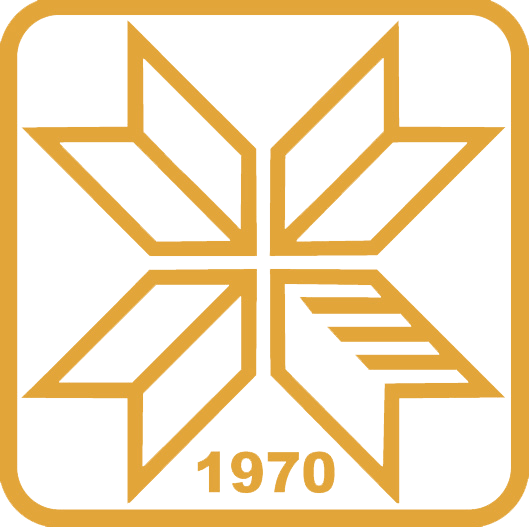Приказ основних података о документу
Tourism and sustainable development of rural settlements in protected areas - Example NP Кopaonik (Serbia)
| dc.contributor.author | Ristić, Dušan | |
| dc.contributor.author | Vukoičić, Danijela | |
| dc.contributor.author | Milinčić, Miroljub | |
| dc.date.accessioned | 2023-04-25T07:15:27Z | |
| dc.date.available | 2023-04-25T07:15:27Z | |
| dc.date.issued | 2019-09-21 | |
| dc.identifier.citation | Проблеми и тенденције развоја геопросторних система Републике Србије (евиденциони број пројекта ОИ 176017) | en_US |
| dc.identifier.uri | https://platon.pr.ac.rs/handle/123456789/1266 | |
| dc.description.abstract | With the formulation of tourism development strategies for the social and economic development of an area, rural tourism moved to a more complex phase of development. Numerous empirical studies have shown that different forms of rural tourism can have positive and negative effects on the natural and socio-economic context in the area where they are present. There are several methodologies for assessing the development of tourism in rural areas. One of the efficient and commonly used tools in preliminary decision-making phases and a precursor to strategic planning is SWOT analysis, which allows the identification of the best strategy that maximizes strengths and opportunities, and minimizes weaknesses and threats. In this study, a survey was conducted using the method of selecting respondents in order to diagnose the economic, social, cultural and environmental aspects with a focus on strengths and weaknesses in rural settlements in the area of National Park (NP) Kopaonik and its protection zone. Through the SWOT analysis, based on the attitudes of the local population, defined twenty indicators that determine the Sustainable Rural Development Index (SRDI). Research has shown that in area, the influence factor in strengths is higher in relation to the weaknesses, while the influence factor in opportunities is higher than in threats. The final result of the SRDI (0.63), shows that the current development of tourism is within the limits of sustainability and contributes to the sustainable development of rural settlements. The results of the research are the basis for the development of the strategy for future development of tourism in the research area. | en_US |
| dc.language.iso | en_US | en_US |
| dc.publisher | Elsevier Ltd. | en_US |
| dc.rights | CC0 1.0 Универзална | * |
| dc.rights.uri | http://creativecommons.org/publicdomain/zero/1.0/ | * |
| dc.title | Tourism and sustainable development of rural settlements in protected areas - Example NP Кopaonik (Serbia) | en_US |
| dc.title.alternative | Land Use Policy | en_US |
| dc.type | clanak-u-casopisu | en_US |
| dc.description.version | publishedVersion | en_US |
| dc.identifier.doi | https://doi.org/10.1016/j.landusepol.2019.104231 | |
| dc.citation.volume | 89 | |
| dc.subject.keywords | Sustainable development | en_US |
| dc.subject.keywords | Rural settlements | en_US |
| dc.subject.keywords | Sustainable rural development index (SRDI) | en_US |
| dc.subject.keywords | Tourism | en_US |
| dc.subject.keywords | NP Кopaonik | en_US |
| dc.subject.keywords | Serbia | en_US |
| dc.type.mCategory | M21 | en_US |
| dc.type.mCategory | closedAccess | en_US |
| dc.type.mCategory | M21 | en_US |
| dc.type.mCategory | closedAccess | en_US |
| dc.identifier.ISSN | 0264-8377 |

